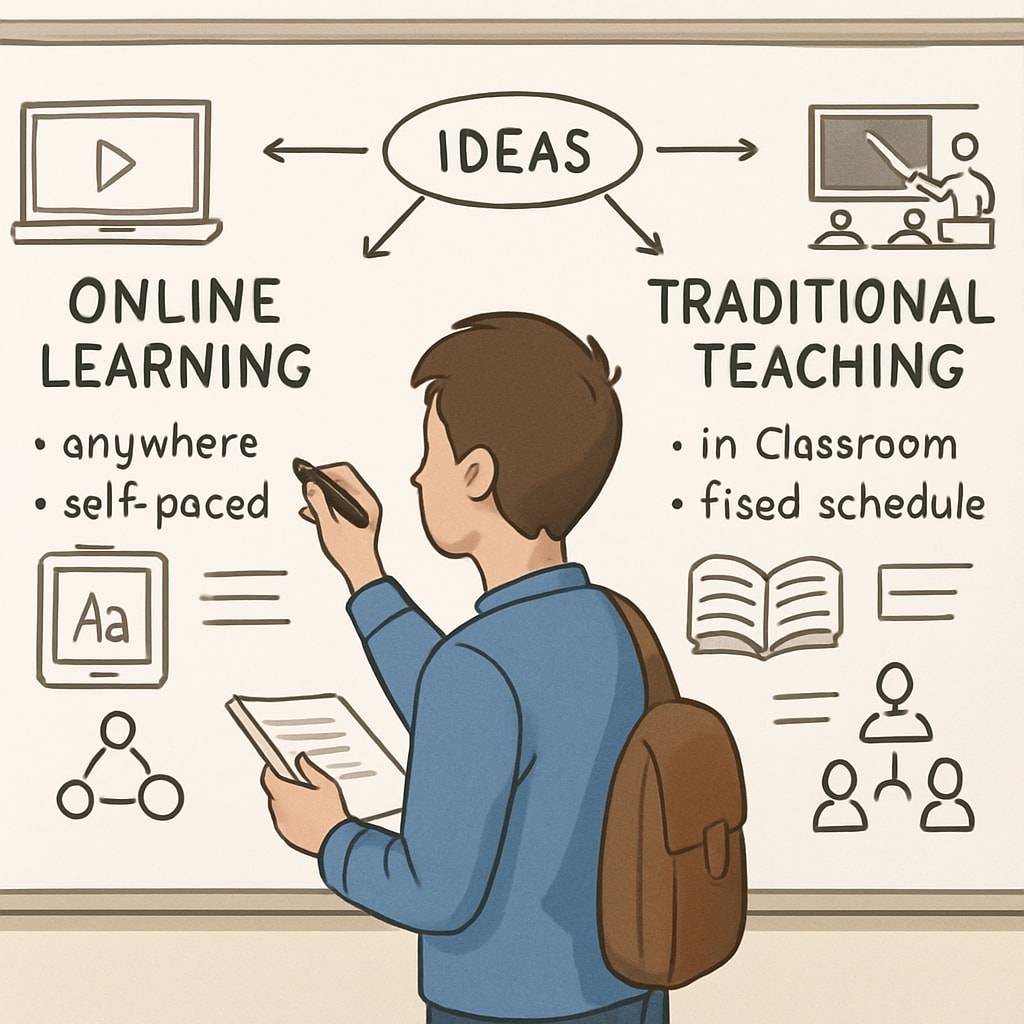The integration of education technology, including tools like Chromebooks, into K12 classrooms has transformed learning environments over the past decade. While these advancements promise efficiency in instruction, a pressing concern arises: is this technological evolution compromising the development of critical thinking in children? As educators and parents strive to prepare the next generation for a rapidly changing world, balancing efficiency with creativity and analytical skills has become a challenge that demands urgent attention.
Efficiency Gains Through Education Technology
Education technology has undeniably streamlined many aspects of learning. Devices like Chromebooks have simplified student access to digital resources, enabled real-time collaboration, and reduced administrative burdens for teachers. Platforms such as Google Classroom and Khan Academy allow educators to tailor lessons, track progress, and enhance engagement. As a result, students can complete assignments faster, receive instant feedback, and explore interactive content that enriches their understanding.
Furthermore, technology empowers schools to extend learning beyond traditional classrooms. Virtual field trips, AI-driven tutoring, and gamified learning modules have made education more accessible and engaging than ever before. However, with these benefits comes an inherent risk: the prioritization of efficiency may overshadow the cultivation of essential cognitive skills.

The Critical Thinking Dilemma
Critical thinking—the ability to analyze, evaluate, and synthesize information—is a cornerstone of intellectual development. However, the increasing reliance on pre-programmed digital tools may inadvertently discourage children from questioning and exploring ideas independently. For example, algorithms often guide students to specific answers, limiting opportunities for open-ended problem-solving. This “spoon-feeding” approach risks creating a generation of learners who excel in following instructions but struggle to think critically.
Moreover, screen-based learning environments can reduce opportunities for deep discussions and face-to-face interactions, which are vital for nurturing creativity and critical thinking. A study by Britannica highlights that critical thinking requires active engagement, reflection, and dialogue—elements that may be sidelined in favor of digital convenience.

Striking the Right Balance
To ensure education technology supports rather than hinders critical thinking, educators must adopt a balanced approach. Here are several strategies:
- Encourage inquiry-based learning: Design activities that require students to ask questions, explore multiple perspectives, and develop their own solutions.
- Blend technology with hands-on experiences: Use Chromebooks for research but complement them with collaborative group projects or DIY experiments.
- Foster digital literacy: Teach students to critically assess online information, identify biases, and differentiate facts from opinions.
- Promote discussion-based learning: Incorporate debates, peer reviews, and Socratic seminars to stimulate analytical thinking.
These methods ensure technology serves as a tool rather than a crutch, empowering children to think independently while benefiting from digital innovations.
The Path Forward
As we approach 2025, education technology will continue to evolve, offering new ways to enhance efficiency and engagement. However, stakeholders must remain vigilant about its impact on cognitive development. Policymakers, educators, and parents must collaborate to create curricula that prioritize critical thinking alongside technological proficiency. By doing so, we can prepare young learners to navigate complex challenges, innovate, and contribute meaningfully to society.
In conclusion, while tools like Chromebooks have revolutionized education, the true measure of success lies not only in efficiency but in the ability to foster critical thinkers who can adapt, question, and lead in a dynamic world.


